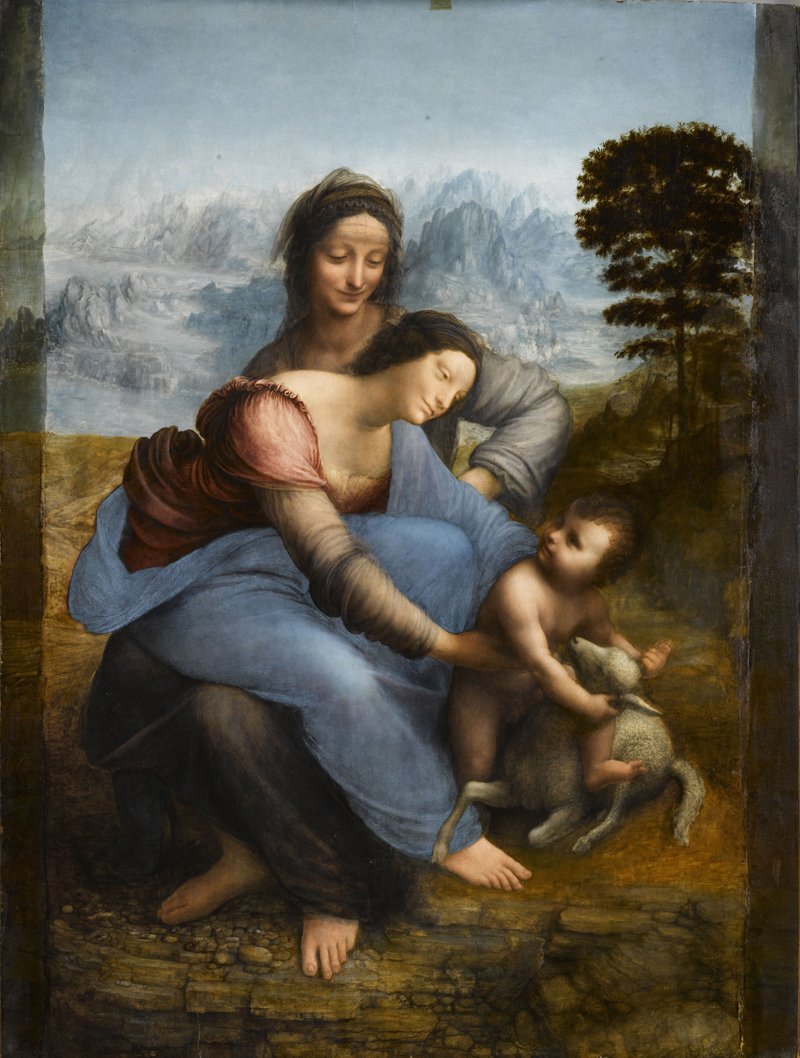J HEROUN
A Legacy of Art, Creativity, and Brand-Building
“Simplicity is the ultimate sophistication.” —Leonardo da Vinci
Exquisite Synthesis: The most influential portrait ever.*
Hello! I’m Joseph Heroun, and I specialize in creating stylish portraits of fascinating people. My creative experience runs deep and wide, including esteemed membership in the Society of Illustrators, an alumnus of the New York Academy of Art, The Art Students of League of New York, the College for Creative Studies, Detroit, Northeastern University, Boston, and the International Center of Photography, New York. As creative director, designer, writer, and editor for publications including Shape, Men’s Fitness, and Boston, I’m uniquely equipped with the vision and expertise to deliver exceptional results for you, your colleagues, and your loved ones. I’m always up for cool, new ideas, whether in-studio or on location, and I encourage collaborative efforts for those with special requests. I strive to make your portrait session a pleasant and memorable experience, exceeded only by the joy of coveting your perfect images.
Origin Story: Examples, above and below, of my early illustration work was based on photographic reference interpreted in airbrush, pastels, and charcoal, among other mediums.
Cover Girl: Conceiving and directing celebrity covers and editorial features were among the highlights of my extensive career in magazines. Click here to see more.
*Exquisite Synthesis
(continued from above)
Despite some theories, the Mona Lisa is unlikely to be an actual portrayal of a sitter in the contemporary sense. Fueling this misperception is that the painting’s composition and its subject’s comportment closely adhere to modern standards of portraiture, highly divergent from typical Renaissance-era works.
The first tell is the common knowledge that Leonardo da Vinci was relatively unproductive as a painter, often taking years to complete a single work. That alone rules out the idea of an individual sitter. Moreover, the great works of the era, whether three-dimensional sculpture (like Michelangelo’s David) or paintings by masters like Raphael and Caravaggio, were underpinned by a strong foundational knowledge of human anatomy, which informs the underlying musculature that defines the contours of dynamic human figures frozen in action.
Similarly, with a mind as prodigious as Leonardo’s, it is not difficult to imagine his depiction of an enigmatic female of his epoch as an allegory rather than the mere capture of a benefactor’s likeness, like flattering 18th and 19th-century portraits of aristocracy. The Mona Lisa represents an idealized vision of the Renaissance woman, depicted in Leonardo’s ouevre in works such as The Virgin and Child with St. Anne, where both figures appear as the same person and share a strong resemblance to the Mona Lisa and others that have sprung from Leonardo’s mind.
The observation that the Mona Lisa may be a composite rather than an actual person does not diminish our reverence; quite the opposite. As it relates to photography, it is fascinating to consider what Renaissance artists would have done with cameras to advance their narratives; after all, they invented camera obscura, rediscovered the rule of perspective, and heralded a return to humanism, liberating the world from the Dark Ages. In the mindset of the time, the camera would have been embraced simply as another tool in which to communicate the allegories and narratives sought after by their patrons. —JH
Feminine Ideal: The Virgin and Child with St. Anne, by Leonardo da Vinci, features female figures strikingly similar in appearance to his depiction of The Mona Lisa, among others.
Affiliated sites
Editorial design: Heroun.com
Structural/Automotive:
ArchitecturalArt.xyz
A Heroun & Co. Project
Contact: info@jherounportrait.com
Images captured with legendary Leica cameras and lenses, engineered and precision-built by master craftsman in historic Wetzlar, Germany.



